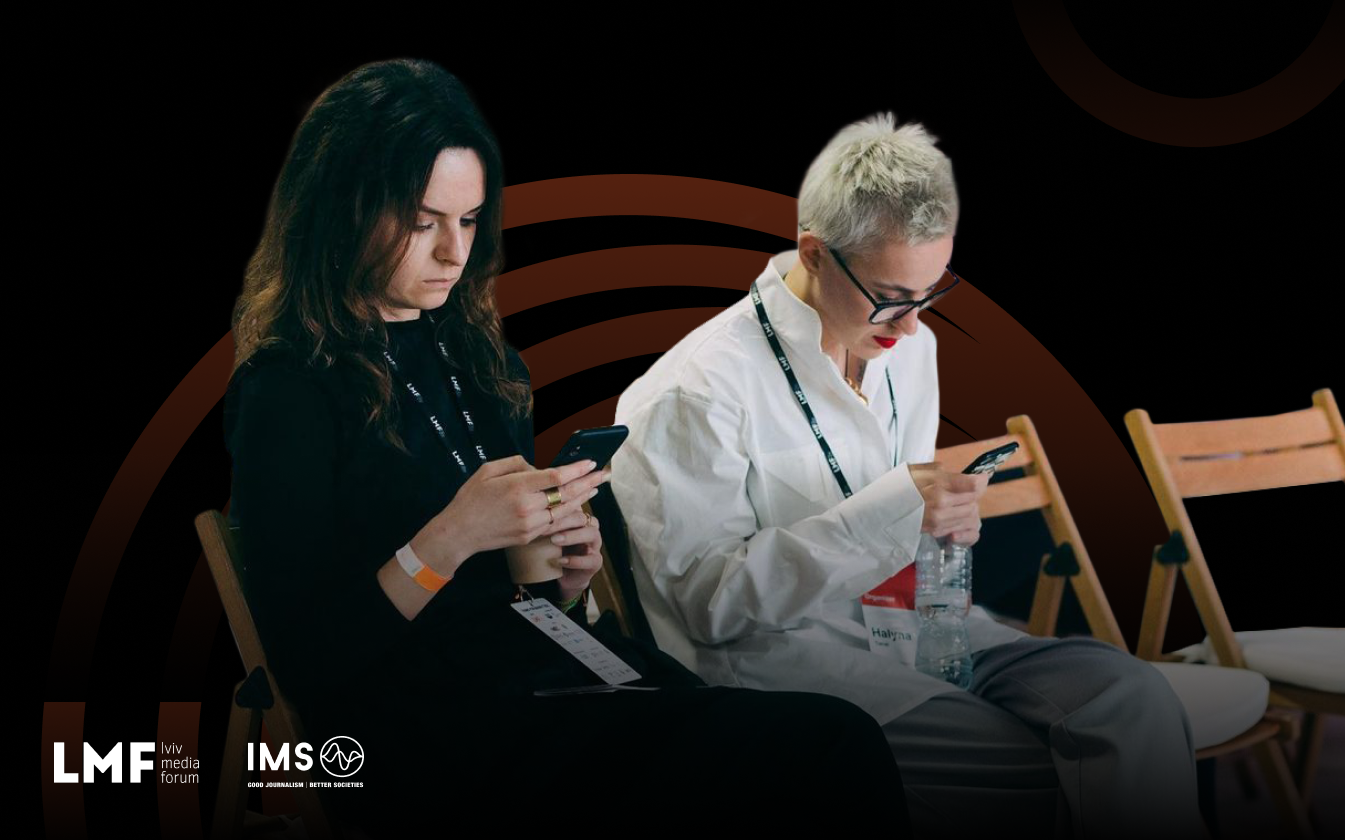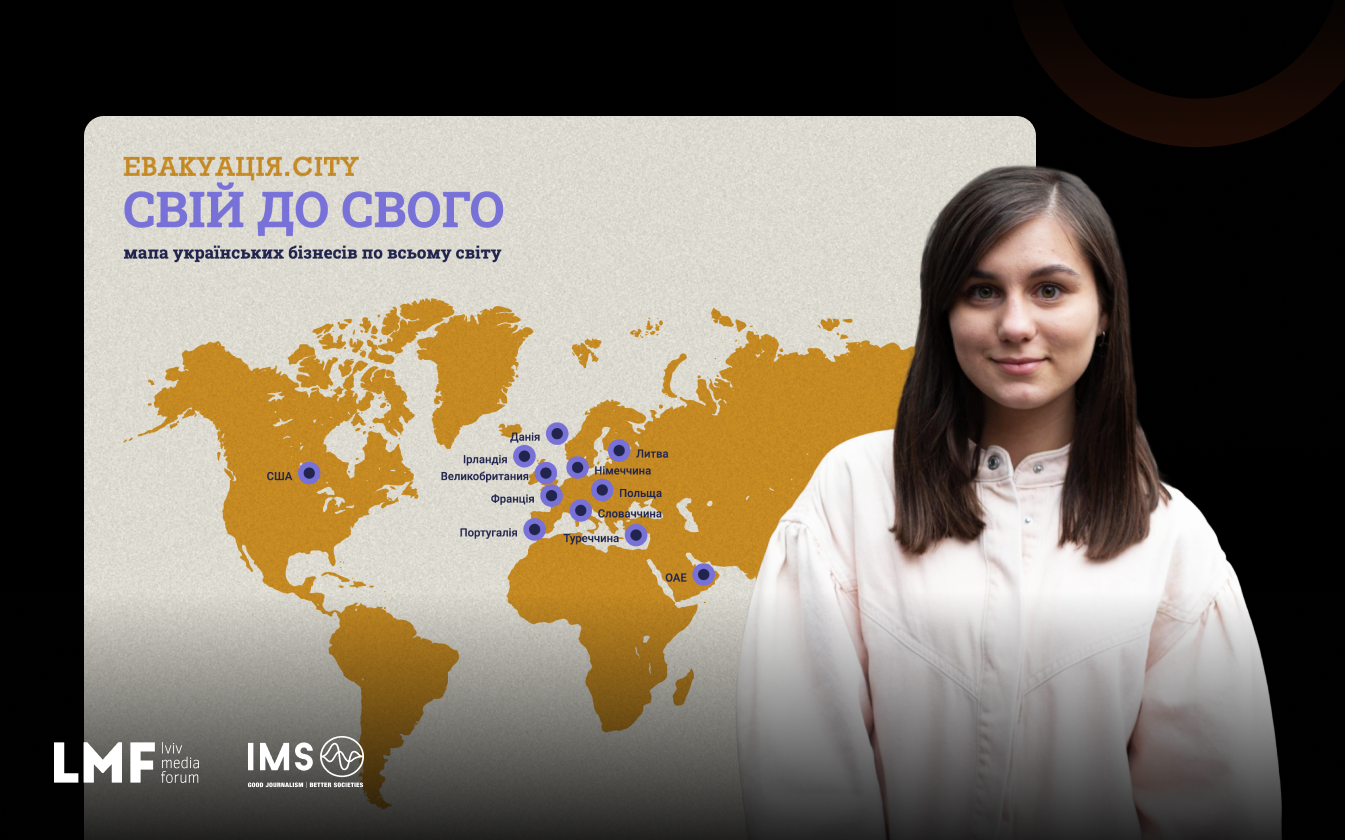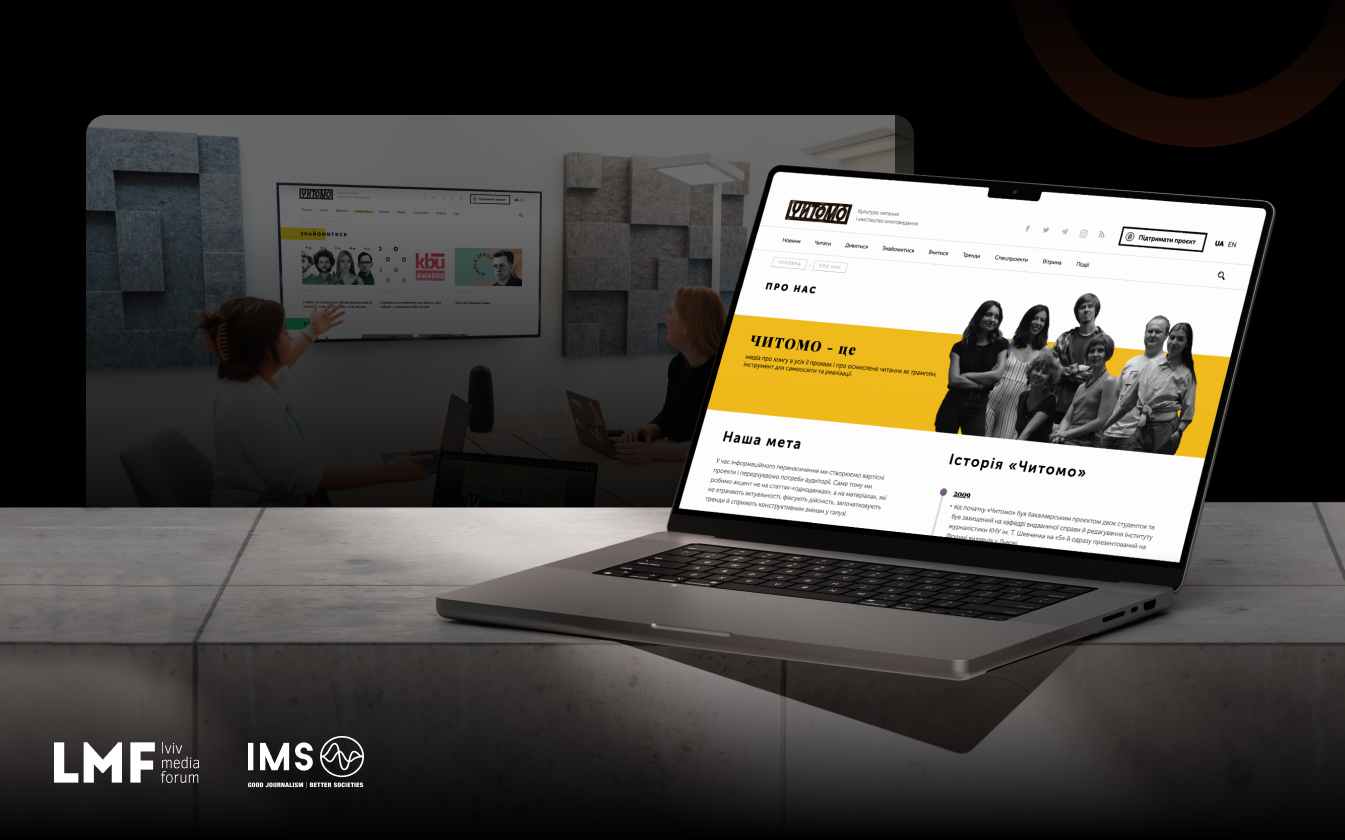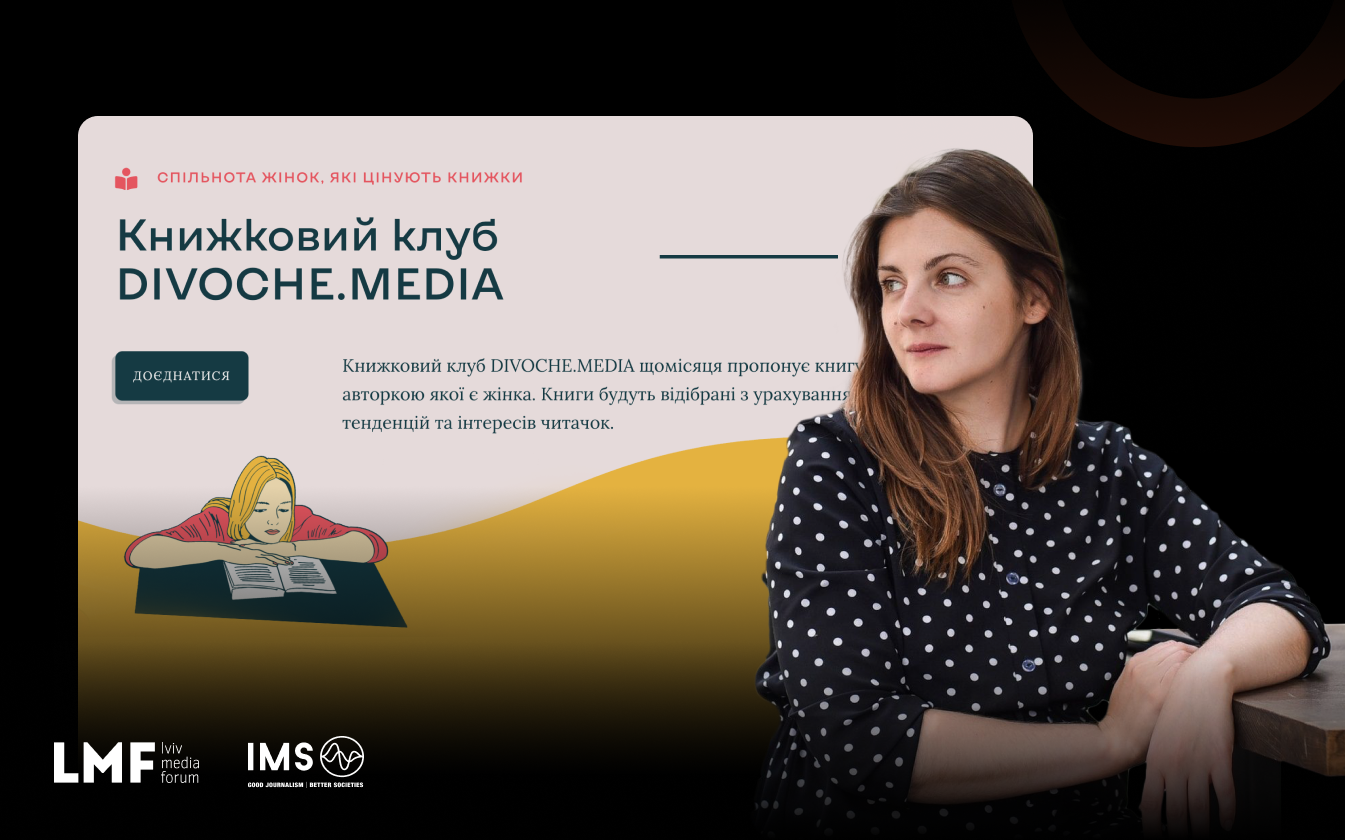
Understand your audience. Three cases of media outlets that benefited from it
Working without knowing your audience for media is like wandering in the dark. Especially now, when a major war has brought enormous changes in the demographics, behaviors, perspectives, values, and priorities of many Ukrainians.
Hence, Lviv Media Forum decided to incorporate a comprehensive audience research into a strategic support initiative for niche Ukrainian publications, funded by the International Media Support. The research was conducted at the outset of our collaboration with the media. Thanks to this approach, we were able to help our wards understand what they need and, equally importantly, what they don’t. It enabled them to refine or even change their focus and perception of the target audience, adopt new approaches to content and communication, and launch new directions of work and products.
“Starting with audience research means reducing the risk of the Concorde fallacy: say, we’ve invested so much money and human resources that it simply has to work,” says Halyna Tanay, the Chief Operating Officer of Lviv Media Forum. “Without research, we’d be starting at the end, reviving a dead horse instead of acknowledging that it doesn’t work the way it is and seeking the cause. By studying the audience, we begin to better understand the needs of those for whom the editorial team works — and this allows us to generate solutions that often go beyond the direct function of the media.”
An important task of the research is to dispel illusions. Researchers from the Marketing Guild -imo, with whom we collaborated, share that some media’s perceptions of their audience are akin to memories from a bygone era, bearing little resemblance to the reality of wartime. The research results compel stepping out of the comfort zone and accepting reality for what it is.

In our research, we combined the analysis of media quantitative indicators with surveys and in-depth interviews. “Big data provides an understanding of symptoms and consequences, while small data allows us to unearth root causes and identify causal relationships,” explains Oksana Lykhozhon, co-founder of the -imo guild. “During surveys, we strive to question not only haters and admirers but also those who are not yet readers of the publication, but whom we consider potentially could be. We aim to uncover the pains, needs, and desired benefits of current and future readers.”
Understanding what the audience expects from us
Evacuation.City is an online media of the Media Development Agency Abo launched in 2022. The initial focus of the media, as evident from its name, was to provide assistance to people evacuating from occupied, front-line, and endangered territories or those intending to leave. In 2023, the influx of displaced individuals decreased, posing the question for the media: Who are we serving now?
The answer was to be found in the results of research, consisting of surveys and in-depth interviews with regular readers of the website and the Evacuation.City pages on social media, as well as with displaced individuals who may not have heard about the media or don’t read it regularly. For the project’s experts, it became a challenge to understand the needs of Ukrainians who relocated within the country, and especially of those who moved abroad. Moreover, there were no extensive sociological studies on the situation of Ukrainians abroad available for reference at that time.

“We saw that the website audience is diverse,” says Olenka Laushchenko, the project’s chief editor. “We managed to segment it and understand the needs of each segment. We also formulated a structure that caters to four key needs: ‘I want to go abroad,’ ‘I am abroad,’ ‘I am in Ukraine,’ ‘I am returning to Ukraine’.”
It turned out that displaced individuals not only wanted useful advice from the media outlet but also stories of people with similar experiences and entertaining content. Previously, the Evacuation.City team did not allow itself, for instance, to joke about typical situations in the lives of the displaced or create compilations of movies and books for their readers. Injecting a bit of humor enlivened the media’s communication on social media. Readers also found the people behind the project intriguing, so the editorial team added profiles of team members.
Having noticed the readers’ demand for stories, the editorial team launched five special projects, allowing them to cover the topics which were new for Evacuation.City. For instance, the map of Ukrainian businesses around the world, titled ‘Svii Do Svoho’ [All For One]: 20 companies initiated by displaced individuals during the full-scale war. The map will be progressively updated. ‘People from the Covers’ — a special project about individuals who symbolized Ukraine during the great war in publications of global media. Other series are dedicated to Ukrainian cultural diplomacy and volunteers assisting Ukrainians abroad.
Understanding who is waiting in the new market
The online media outlet on reading culture and publishing, Chytomo, launched an English-language version in March 2022. Everyone understood how crucial it was to tell people outside Ukraine about our resistance and culture. However, as Victoria Feshchuk, the Special Projects Editor at Chytomo, puts it, the idea of the target audience for English-language content within the team was approximate; they operated intuitively.
“We know that Ukrainian-speaking readers of the media are a professional audience and book lovers. If we project this scheme onto the English-speaking market, it turns out that we are interested in tens (if not hundreds) of millions of book lovers worldwide. Reaching them is challenging because each one needs to be addressed in the language of their context,” explains Victoria. The new audience needed to be segmented, researched, and understood — determining which group could be attracted immediately and which in the long term. Additionally, decisions had to be made regarding the channels to attract these people and the formats to offer them, and so on.

They decided to focus on countries whose audience was most interesting for the media outlet: the United States, Canada, France, Germany, and Poland. And on the professional audience: publishers, literary agents, translators, teachers, writers, cultural managers, etc. Next — surveys and in-depth interviews. Researchers share how during one of the conversations, a respondent from Canada enthusiastically started asking the interviewer about what Ukrainians eat and how they manage to communicate via Zoom after Russian attacks on the energy system.
The research results guided Chytomo to several important decisions. Firstly, opting to engage foreign authors and editors for whom English is their native language to create original materials rather than translations from Ukrainian. Instead, they opted out of non-adapted translations. Secondly, adding more context to English-language materials. Thirdly, working differently with different audience segments, diversifying distribution channels and material formats.
“A significant insight for us was that we depend on the release of translated Ukrainian literature,” says Victoria Feshchuk. “While there is an increasing amount of such informational triggers, it is still not sufficient. So, we began to consider expanding the thematic scope and covering the situation in other countries with similar historical and cultural heritage. We also realized how competitive this segment is and how many resources we would need to invest to reach the English-speaking audience.” To assess the possibilities and formulate plans, the team scheduled a strategic session.
Finding your superpower
“Research reveals things that were swept under the rug, unnoticed, or ignored. If we identify a problem, we can figure out what to do and who will do it. But sometimes, we discover a superpower that can be developed,” says project expert Iryna Uhnivenko. This is exactly what happened with the independent women’s online magazine Divoche.media. Once called TheDevochki, the media primarily featured Russian-language content. After a rebranding that included changes in language, design, and partially in themes and content, the editorial team sought to find intersections with the audience and determine if the audience was willing to pay for Divoche.media and, if so, for what specifically.
For the media, this was the first experience with external audience research. The chief editor of Divoche.media, Oksana Pavlenko, says that thanks to the research, the team was able to challenge or confirm their key assumptions about the audience. “It was surprising to find that the list of lacking topics included those that seemed adequately covered to us. This indicates a problem with content distribution, which we took into operation. We were pleased to confirm the theory that our audience reads a lot, which became an additional impetus to launch a book club. We confirmed the theory about the importance of showcasing different female experiences. Moreover, the research reminded us of obvious things once again. For example, to attract new subscribers, it is necessary to regularly remind them of the opportunity to support us financially. And it works,” she says.
Taking into account the research results, Divoche.media changed its design, invested more in content distribution, and devoted more attention to topics that, as it turned out, resonate with the audience.
“We can discover something that no one has thought about, and it requires small changes. Users often suggest ideas for formats and topics, or indicate what the editorial team can do to encourage financial support,” comments Oksana Lykhozhon.

The main innovation of Divoche.media is the introduction of a book club. Each month, they discuss books written by women (both online and offline), offer participants discounts from publishers, and more. To join the club, one needs to subscribe to a monthly payment on the website starting from 100 hryvnias or become a patron subscriber on Patreon.
How often should one research the audience of online media?
Iryna Uhnivenko mentions that editorial teams often work ‘by feel’ or follow historically established but outdated templates. “Conducting research on our own is resource-intensive, and inviting experts is not always feasible. This leads to partial decisions and experiments like ‘let’s write something for an adult audience because Facebook statistics show that’.” Editors track statistics, but they don’t answer the question ‘why?’
“Statistics reveal the consequences. Audience research uncovers the reasons,” comments project expert Oksana Lykhozhon. “By going out to the people and knowing your consumer, regularly studying them, you can clearly segment the audience, addressing their pains and needs. It allows you to almost instantly observe changes in consumer habits and make the right managerial decisions. I recommend doing this at least once a year and after major changes, such as the COVID-19 pandemic or the start of a full-scale war.”
“It’s worth researching when there’s a sense of change. For example, the editorial team realizes that the audience profile in Google Analytics has changed: it has grown, the geography has diversified, and people are engaging with different materials. Something is not going as usual. This is a typical request after the start of the invasion. Another scenario is when there are plans for scaling up. Or the format and editorial policy are changing,” says Iryna Uhnyvenko. According to her, when the current statistics reveal a trend that seems strange, it’s worth paying attention to audience queries — they indicate opportunities, and therefore, possibly revenue.
Olenka Laushchenko from Evacuation.City also sees value in conducting research every six months or a year. “This allows us to hear the non-obvious needs of the audience, dare to try something new, or, conversely, give up what has ceased to be relevant for readers.” She says that the research helped the team learn a lot not only about readers but also about themselves.
Victoria Feshchuk from Chytomo considers research an opportunity to talk to readers not only about what the editorial team is creating now but also about what it plans for the future. “Research gives an idea of where to move forward, why the potential audience has not become real, where a part of readers disappeared, under the influence of what circumstances the reader makes a choice, and much more,” she says. Victoria agrees that audience research could be conducted annually.
According to Oksana Pavlenko from Divoche.media, research should be conducted before implementing major changes or when there is a sense of losing connection with the audience. “You can conduct a large-scale study once every two years, but periodically turn to the audience with more segmented requests. Right now, we want to conduct a survey for the participants of our book club so that, relying on it, we can outline a strategy for the next year,” says the editor.